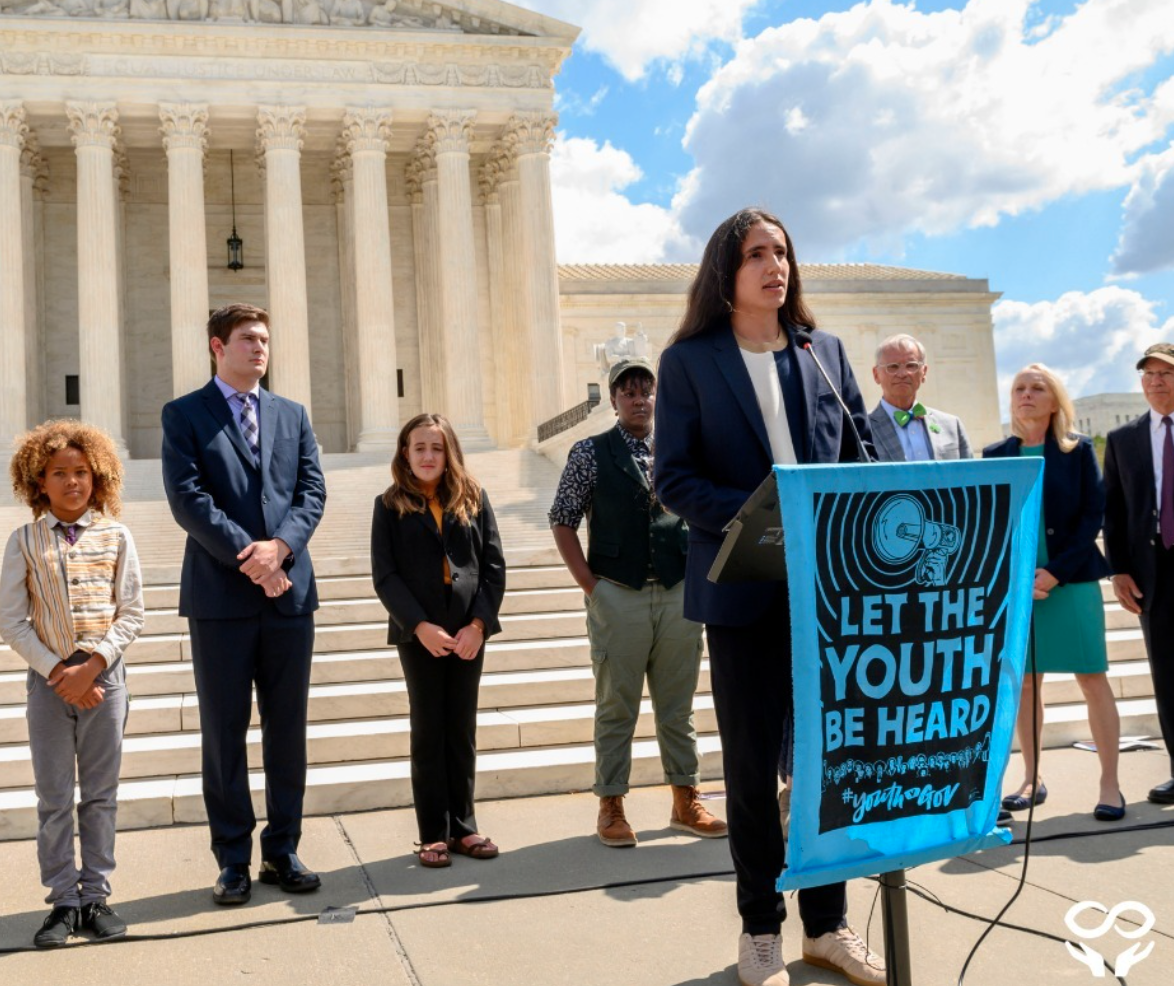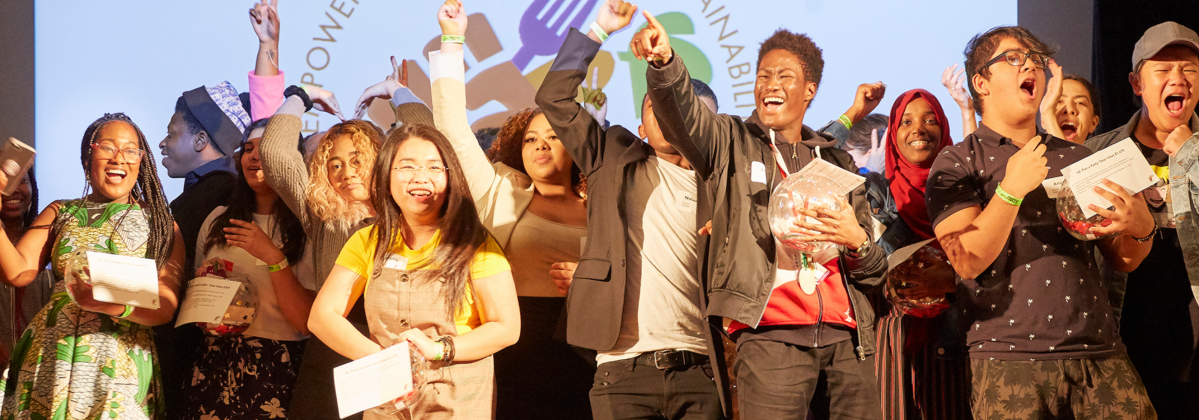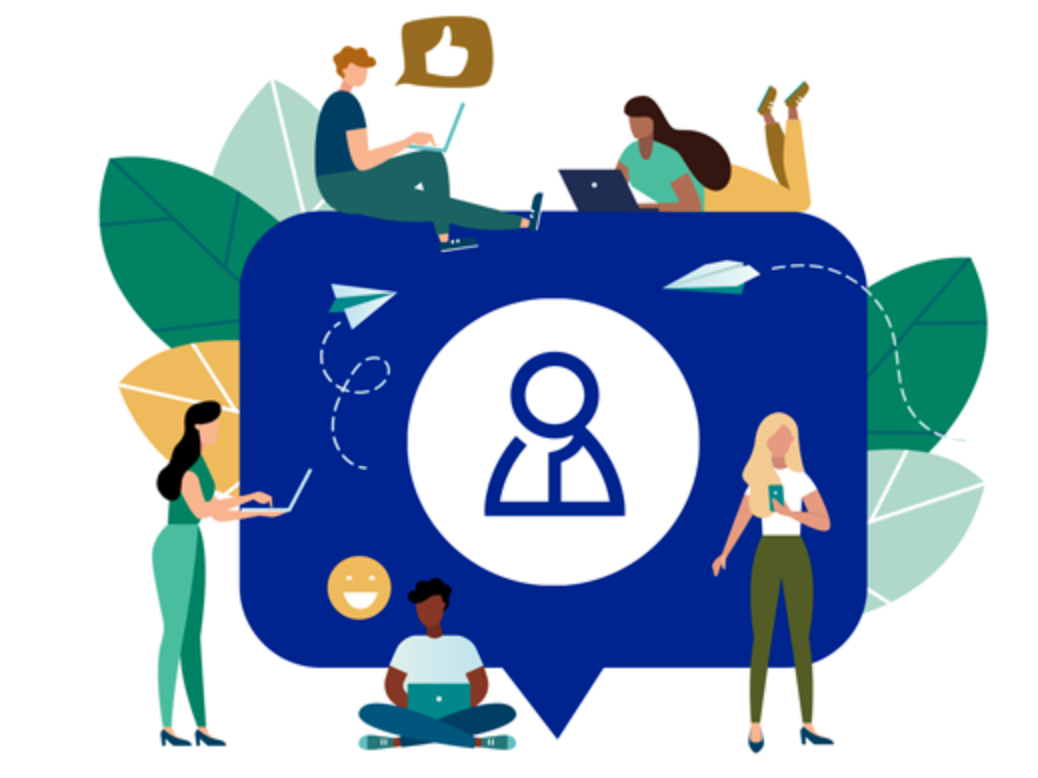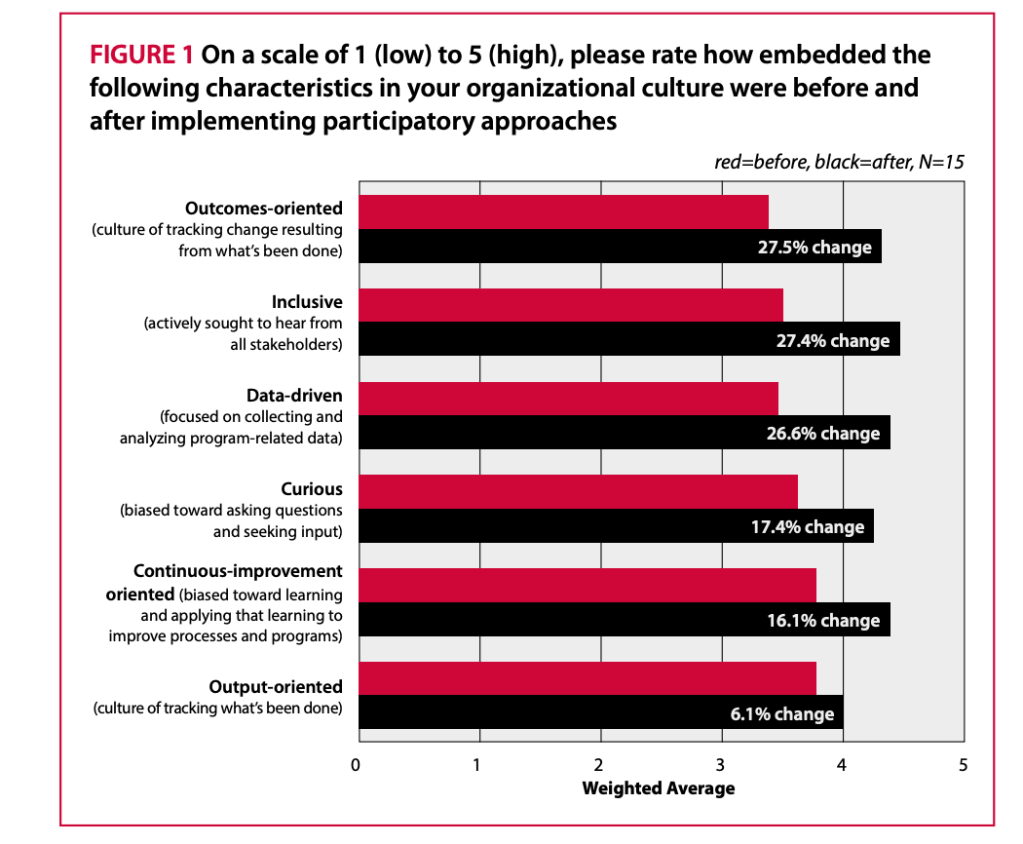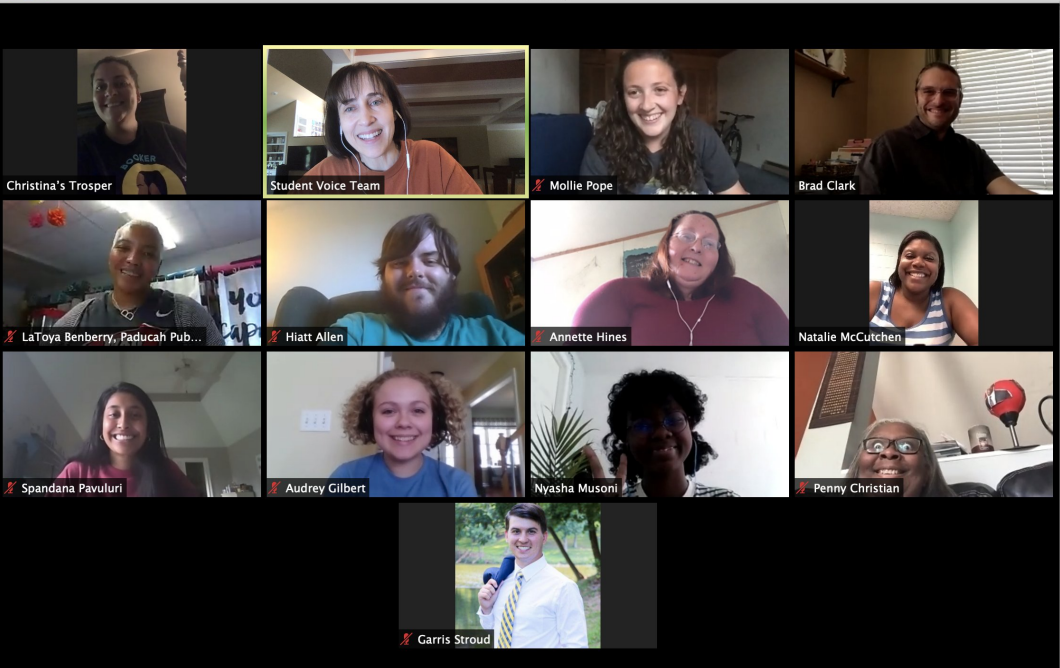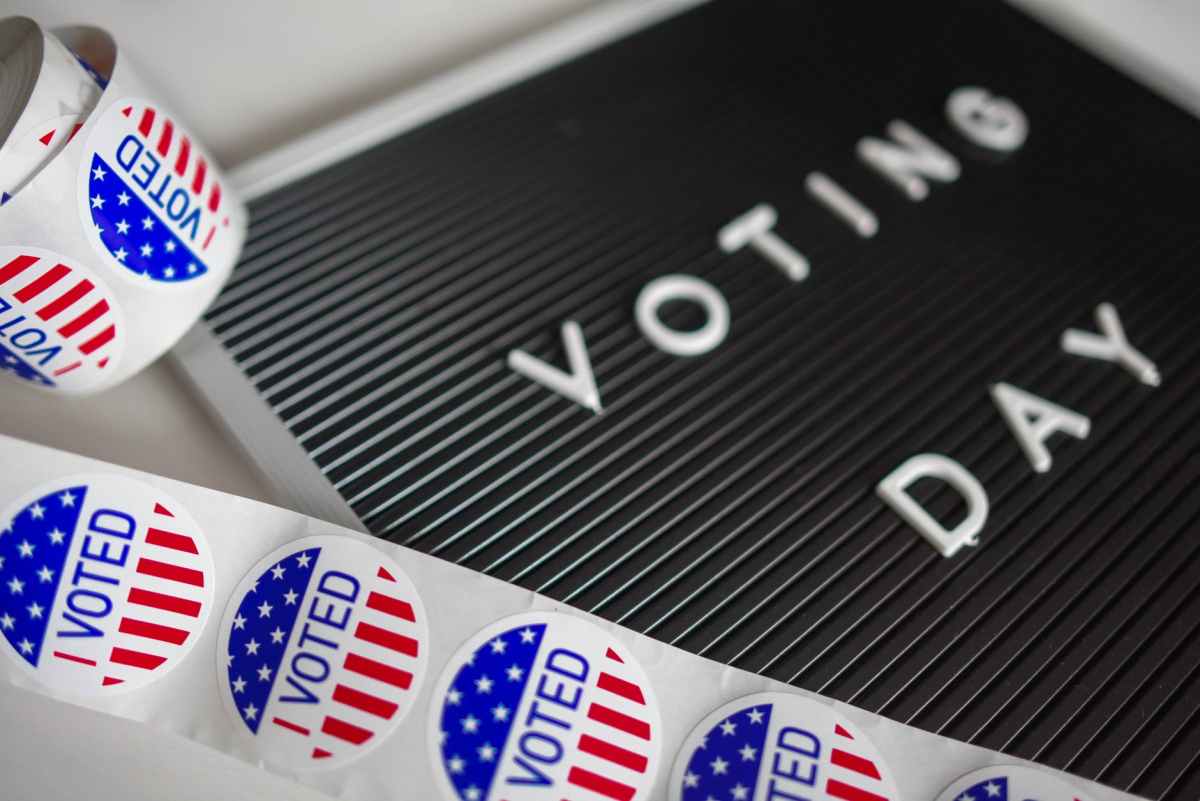Xiuhtezcatl Martinez was in his mid-teens when his speech in Washington, DC to protest construction of the Keystone Pipeline XL captivated my attention. Now age 21, he has built his own leadership pipeline, as youth director of Earth Guardians and acclaimed hip hop artist. It is no surprise this multi-talented activist is one of the youth plaintiffs in a landmark climate lawsuit.
This pending case claims the federal government’s actions “violated the youngest generation’s constitutional rights to life, liberty and property, as well as failed to protect essential public trust resources.”
In the new documentary Youth v Gov on Netflix, you will meet 20 other plaintiffs who joined this case back in 2018. Each individual has gained a repertoire of talents, for example, the youngest plaintiff Levi, now 14, appeared on 60 Minutes.
Many teens get involved trying ‘to right a wrong’ as very young children. Many start volunteering in their community or do a service-learning project which can lead to what I describe as the pistachio nut habit: once you get a taste for activism, you want to do more.
Idealism and impatience — traits that fade with age — lead young people to test dozens of ways to recruit diverse allies, promote their cause, build coalitions, present effective testimony to elected officials, etc. Real world hands-on learning is remarkable and fast.
Truly a Win-Win
Civic spark plugs like Xiuhtezcatl Martinez (pictured above at the podium outside the US Supreme Court) have mind-boggling skills. But each of the other plaintiffs contribute unique talents that accrue at a phenomenal clip. Each experience, including legal setbacks, fuels new learning and strategic thinking that benefit the cause.
The impact of intergenerational interdependence on older people deserves more attention. Youth v Gov reveals how younger minds oxygenate and augment adult-run organizations. Watch these two short clips from the documentary.
- Can you imagine this level of intergenerational camaraderie at a future retreat of your organization? (Cue to 10:30 – 13:26)
- Can you visualize the senior leadership team being so energized by their collaboration with a solid cadre of young colleagues? (Cue to 1:27:39 – 1:28:18)
No Attrition or Burnout
One common concern is that it’s not worth collaborating with young people because they will move on within a few months. Often the opposite is true. Genuine respect, authentic collaboration, and new dynamic opportunities increase the odds for long-term commitment.
It’s been seven years since filing Juliana v. United States by Our Children’s Trust. The staying power of these 21 plaintiffs persists. Adversity often strengthens resolve.
Recently the four plaintiffs from Florida initiated a statewide petition for renewable energy that resulted in a proposed regulation that was announced last month at a news conference with two of these activists. Many of these individuals are building their own leadership pipelines that will last a lifetime.
UPDATE West Virginia v. EPA decision:
Our Children’s Trust issued a news release on 6/30/22 that the US Supreme Court’s ruling to limit the Environmental Protection Agency regulatory authority over carbon dioxide pollution does not affect its federal or state youth-led climate lawsuits.
If anything, today’s ruling further demonstrates how important these children’s constitutional climate lawsuits are to address the deadly effects of our government-sanctioned fossil fuel-based energy system.
Photo Credit: Our Children’s Trust
Please share your thoughts and also let us know how your organization is infusing the youngest generations in its work. Call 301-785-1702 or contact us!
You Might Like…
- “Radical Inclusion” in Action
- “Intergenerational” Becoming More Widespread
- Funders + Donors Judge Your Constituent Feedback
- ALL Youth Are Already Engaged
Elsewhere Online
- https://www.youthvgov.org/ — Youth v. Gov official website
- https://www.youthvgovfilm.com/ — Youth v. Gov official documentary website
- https://www.earthguardians.org/ — Earth Guardians

